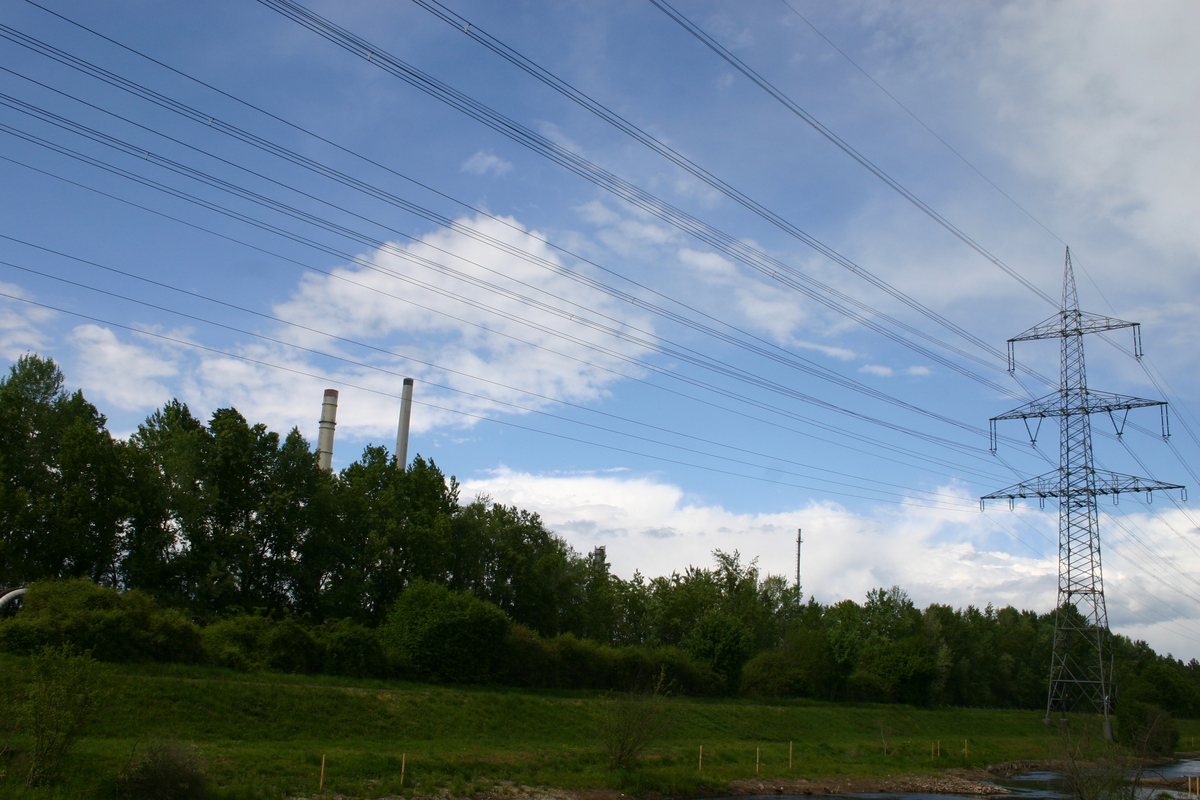ENSURE Is to Condition Grids for the Energy Turnaround
The Federal Minister of Education and Research, Johanna Wanka, presented the consortia that will be funded by the Federal Government as Kopernikus projects for the energy turnaround. Among them is ENSURE – new power grid structures for the energy turnaround. The consortium is led by KIT, core partners are RWTH Aachen, the utility company E.ON, network operator TENNET TSO, and the technology corporations of Siemens and ABB. Another 15 partners have joined the consortium. Work is aimed at developing and testing efficient and viable grid structures combining centralized and decentralized energy supply.
“For the German energy system, the energy turnaround is a change of paradigms that is not only associated with challenges, but also with economic opportunities,” Professor Holger Hanselka, President of KIT and spokesperson of ENSURE (German acronym of New Power Grid Structures for the Energy Turnaround), says. “Our research activities in this area will contribute to the economic success of the energy turnaround and to technology suppliers, infrastructure operators, and electricity consumers being able to profit from it.” Holger Hanselka also is research field coordinator Energy of the Helmholtz Association. “We want to demonstrate how we in Germany can integrate decentralized fluctuating renewable sources of energy, such as the sun and wind, into the grid and, at the same time, ensure environmentally compatible, reliable, and affordable energy supply”.
Structures for a Viable Power Grid
In concrete terms, the ENSURE consortium wants to answer the following question: What is a technically, economically, and socially reasonable power grid structure and which fractions of centralized and decentralized supply does it comprise? For this purpose, efficient new system structures, stable system control mechanisms, and the integration of new technologies will be studied comprehensively under the project. Particular attention will be paid to the technical and societal transformation process to be managed. Technologies for power transmission will be in the focus as will information and communication technologies to ensure accounting and stability in the interlinked supply structures.
The ENSURE Kopernikus project will cover three phases. After the first phase for studying fundamentals (2016 to 2019) and the following second phase for implementation on the pilot scale (2019 to 2022), the final third phase (2022 – 2025) will be dedicated to designing a multi-modal grid demonstrator. This large-scale demonstrator is to illustrate, by way of example, future supply of an urban system and its surroundings with power. In addition, methods to enhance flexibility and efficiency, e.g. by the integration of power, gas, heat, and storage systems or by power connections to the medium- or high-voltage level are studied.
Further informationen in the Press Release 049/2016.
kes, 05.04.2016

